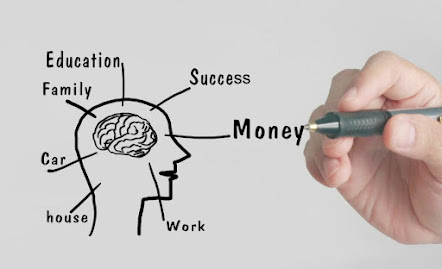Neuroeducation = Neurosciences at the service of education.
Neuroeducation = Neurosciences at the service of education.
By Gisela Lopez.
Scientific advances have significantly impacted different aspects, one of which is education. Thanks to this, we managed to move from a macro perspective of brain functioning to understand the internal. Understand that there are cells that are related to cognitive and affective functioning. Then, the dialogue grows between different professional specialties pertaining to children's education. It had been a long time since maintaining a divorced job between psychologists, teachers, and neuropediatricians. But now, a community of trainers had been formed, and neuroeducation was born.
We could understand that executive functions were not matters of perception or personality; now, they were already explained by scientific research.
The dialogue grew among these specialists who understood that learning responded to emotions, genetics, cognition, movement of the body, and respect for the rhythm of maturation according to the stage of growth. Now it is clear to us that it is necessary to consider the body, affect, emotion, and movement in the classroom.
And if it is clear to us that brain development begins in the womb and that science is only a bridge to enhance teaching-learning, then just knowing how the brain works do not improve educational practice. We must link neuronal functioning with the needs for each stage of maturation. Focus on the needs and forms of the response of each child. Therefore, we will try to present the information with various strategies (oral, written, audiovisual, etc.), taking into account neurodiversity and allowing the student to demonstrate their learning in different ways (verbal, written, audiovisual, etc.). The more varied our class, the more chances to engage all participants.
To reflect:
If my students don't engage with my class or incorporate knowledge from how I present information, I should consider varying presentation strategies.
If my students do not respond to the only assessment model I offer, I should consider presenting 2 or 3 alternatives to demonstrate their learning.
It may sound overwhelming; also, it may sound like it is more work. But the results and time will make you see that it is not. Investigate, associate, and share with committed specialists to get your creativity going. Let attends diversity from the route of neuroscience.




Comentarios
Publicar un comentario